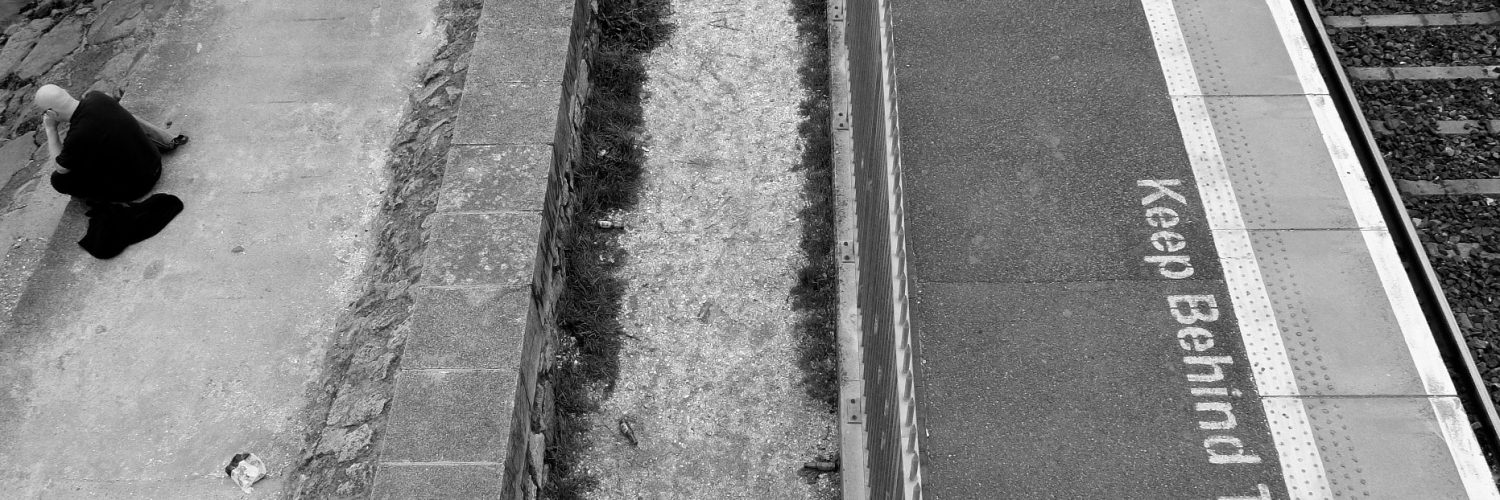Social Network and Locative Media
Dois blocos neste post. Primeiro uma discussão sobre as reconfigurações das redes sociais e o papel crítico dos bloggers, ou a perda deste, com novas ferramentas como Facebook e Twitter. Depois 10 pontos para se pensar, proposto por Jan Chipchase a confiabilidade nas redes e as estratégias de privacidade. No segundo bloco, mídias locativas. Primeiro, comentário e vídeo sobre o projeto Color by Numbers, que usa interação entre celulares e paisagem urbana e depois a conferência de Timo Arnall, no LIFT09, em vídeo, sobre RFID e a “internet das coisas”. Vamos lá:
“in 2009 Internet users are no longer encouraged to blog about a subject they know well; instead, people are encouraged to simply tell others in their network what they are up to. “What are you doing” is the phrase that welcomes users in Twitter, and “What’s on your mind” plays a similar function in Facebook.”.
Ele tem razão, mas devemos estar atentos a uma possível transformação, também interessante, mas de ordem inversa. O uso do Twitter tem evitado posts de uma única frase em blogs, fazendo com que estes ganhem importância como lugar de crítica e de reflexão, de um tempo distentido de uma escrita mais atenciosa. Mas, efetivamente, a crítica de Navas é pertinente. Por exemplo, já ouvi várias pessoas (inclusive conhecedoras do assunto) falares que com os novos microblogs não precisaríamos mais de blogs. Mais uma vez, se o pensamento for substitutivo, só haverá perdas. A lógica deve ser sempre a reconfiguração.
Em Practices Around Privacy, Jan Chipchase aponto 10 pontos para se pensar como, em determinados países, as pessoas lidam com confiabiidade de redes e dispositivos e com a compreensão do que seja privacidade. Vejam o texto na íntegra e os 10 pontos abaixo.
“1. People who don’t trust their government (whether they live in the UK, the US or Iran) tend to not to have much trust in the networks that carry their communication. But just because they don’t trust it doesn’t mean they don’t use it – in particular the ease of connecting to the people that matter often trumps the risk of perceived breaches to their privacy, security.
2. Even if people are able to rationalise why they shouldn’t use the network e.g. the risk of being arrested, events can take over. They may feel that as part of a large crowd they won’t stand out; they may be caught up in the heat of the moment and turn to the tools they know; or simply at that moment in time the network is the least worst option.
3. People have very fuzzy mental models of how the network functions – for example not understanding where data is stored, or the implications of different types of storage. It doesn’t take much imagination to understand the implications of using online backup services like MobileMe or Ovi Share in situations where, rightly or wrongly, people percieve the network to be compromised.
4. Mobile phone’s don’t need the network to be useful: they often include cameras and video cameras, in many urban centers adult penetration is ~100%, they are carried everywhere putting them in a prime position to capture and later share experiences – the Neda video is a good example.
5. In some countries side loading media is common – be it via cable, memory card, or Bluetooth. The practice of BluetoothMe – flirting and sharing files via Bluetooth is reasonably common amongst the youth in the Middle East and to some extent Iran with sensitive material being transferred from phone to phone in this way. It’s not particularly practical except in contexts where people know each other and where people and devices are likely to remain in range with one another – the lecture theatre, the bus, the subway. Keep an eye on what’s happening with micro-USB for data transfer going forward.
6. For all the discussion around sophisticated network tracking – interception often boils down to the man with the uniform and the truncheon checking your camera, your phone’s inbox, your call log. Those photos of your mate throwing a gas canister? It puts you in a time and place.
7. The more there is at stake the more people will strive to understand the trade-offs in connecting to the system or network. And vice versa – if you’ve grown up around a good network access and, say location positioning then that’s just how life is – there is less reason to question. Ditto censorship.
8. Increasingly the choice of whether to adopt, or opt-in to a technology is one of whether to opt-out of society.
9. People tend to adopt strategies to separate very private communication from the merely private, but in a world of cookies and call logs it’s increasingly difficult to keep the two apart. If you have the time take a peek at the features that support very private communication (typically extra-marital affairs) on some Japanese mobile phones.
10. In any country where tracking is considered widespread – be careful about gifts from strangers. You never know where that mobile phone or SIM card has been and whether it makes you a target.”
Por último, vídeo da conferência de Timo Arnall, do Oslo School of Architecture, no Lift09, em Marselha. Na sua fala que tinha por tema “Making Things Visible”, o autor fala sobre RFID e a internet das coisas. Vejam como a metáfora do “download” de informação do ciberespaço, que usei em útlimos artigos, funciona bem aqui.

